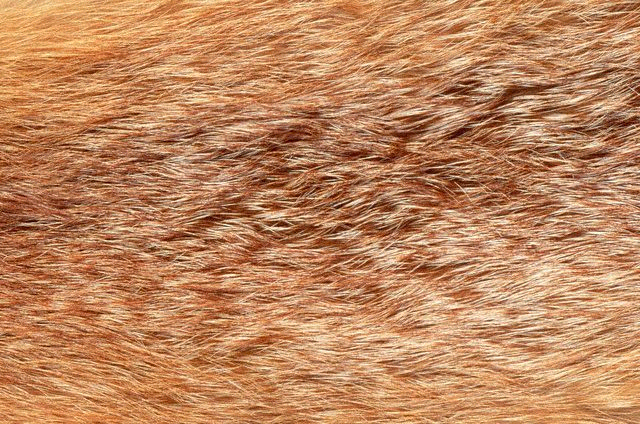
A recycled post from 2004.
More than 99 percent of fox pelts sold internationally are raised on farms. Almost all silver fox are farm-raised, as only a vanishingly small percentage of red fox come in the "silver fox" pelage.
As a general rule, wild fox are smaller than farmed fox because they are subject to a less stable environment, with less consistent access to food and water. In addition, wild fox furs have more flaws than their ranched counterparts which never see a bur and rarely get a scrape.
Ranched fox also tend to be much easier to color-match than their wild cousins, in large part because wild fox mate randomly, while ranched fox may have been line-bred for 50 years, resulting in a very consistent coat color.
Wild fox fur tends to be used on cuffs and as trim where consistent color and fur length are not as important. The market for red fox pelts is at an all time high, with prices for top-grade pelts at around $24.
Gray fox and raccoon fox pelts can be had for $9 to $10 each.
All raccoon pelts are wild caught. Most raccoon skins are sold to Germany or Asia where they are sheared and dyed for coats.
.
No comments:
Post a Comment